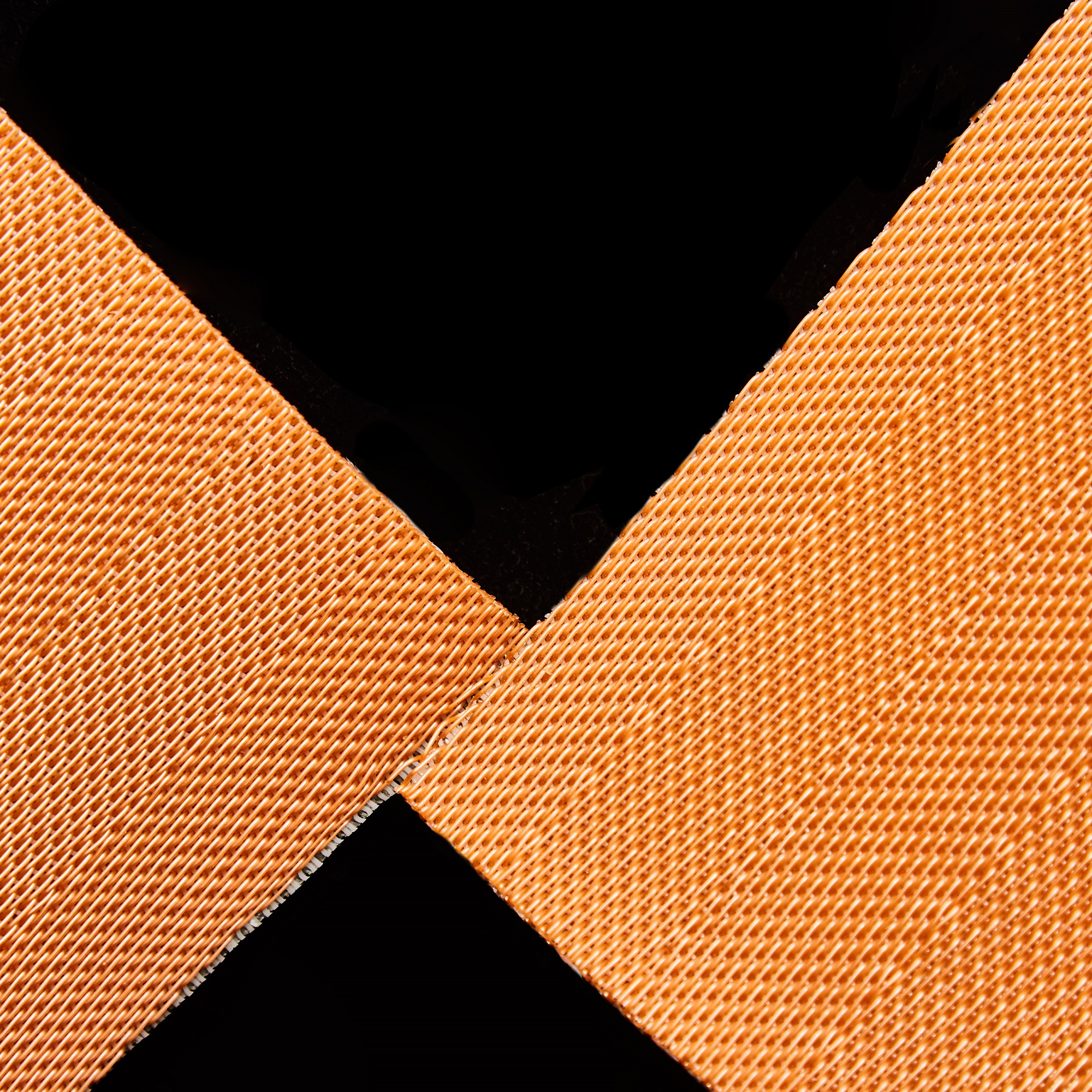Como trocar o tecido da prensa de filtro? Guia profissional e dicas práticas.
Release time: 2025-09-26
Índice
In the solid-liquid separation industry, the operating efficiency of a filter press is closely related to the performance of the filter cloth. When the equipment experiences a decrease in filtration speed, an increase in filter cake moisture content, or unstable filtration quality, it usually means that the filter cloth needs to be replaced promptly. Many companies, especially factories using belt filter press cloth, plate and frame filter press cloth, or high-strength polyester filter cloth, are very concerned about the question, “How to change filter press cloth?” Xurui will explain in detail the operating steps and precautions for changing filter cloth to help you improve equipment stability and production efficiency.
Preparation: Ensuring Safety and Accuracy
Before starting to change the filter cloth, the filter press must be stopped, and the power must be disconnected and the pressure released. For users using industrial sludge dewatering belt filter press cloth, the filter chamber and filter plates must also be cleaned to ensure that no residual sludge cake will affect installation. Checking whether the filter plate surface is flat and free from wear or damage is also a crucial step.
When preparing new filter cloth, ensure its material, weight, air permeability, and size match the original equipment. For example, common panos de filtro prensa de polipropileno and acid/alkali resistant belt filter press cloths have different suitable applications; always choose according to the equipment manufacturer’s or engineer’s recommendations.
Removing the Old Filter Cloth: Maintaining Filter Plate Integrity
After fully opening the equipment, the old filter cloth can be removed piece by piece. Avoid direct cutting with sharp objects during removal to prevent scratching the filter plate’s sealing edges. If the old filter cloth is heavily scaled, use a water gun or tools to assist in cleaning the filter plate surface. This step is particularly important for systems using wastewater treatment belt filter press cloths, as hard particles in the sludge can create damage points beneath the filter cloth.
Installing the New Filter Cloth: Ensuring Flatness and Sealing
When installing the new filter cloth, align the center hole of the filter cloth with the filter plate’s feed hole to ensure accurate positioning. Smooth the filter cloth around its edges to ensure it fits tightly against the filter plate surface, avoiding wrinkles that could lead to leakage. For belt filter presses, it is crucial to check the filter cloth tension to ensure consistency on both sides, preventing shifting during operation.
Many users choose high-permeability belt filter press cloths because they allow for faster filtrate discharge and easier filter cake removal. However, regardless of the type of filter cloth chosen, the equipment must be manually rotated after installation to check for any jamming, friction, or slippage.
Trial Run and Inspection
After installing the new filter cloth, start the equipment for a low-pressure trial run. Check if the filtrate is clear, if there are any side leaks, and if the filter cloth moves normally. If the operation is stable, gradually increase the pressure to the normal operating range.
In scenarios where wear-resistant belt filter press cloths are used, such as slurry dewatering, the tension can be adjusted appropriately to keep the filter cloth stable under high loads.
Tips for Extending Filter Cloth Lifespan
Clean the filter cloth regularly to avoid clogging.
Control the feed concentration and particle distribution.
Use a suitable flushing system.
Avoid prolonged overpressure operation.
Summary
Replacing the filter cloth is an important step in ensuring efficient equipment operation and extending its lifespan. Proper disassembly, installation, and maintenance can significantly improve filtration efficiency and reduce equipment failure rates. When selecting new filter cloth, choose suitable belt filter press cloths, such as high-strength polyester filter cloths or acid and alkali resistant filter cloths, based on the equipment type and working environment to ensure optimal filtration performance. Regular cleaning and maintenance of the filter cloths, avoiding overloading, are effective ways to extend their service life. By following these steps, the working efficiency of the filter press can be effectively improved, ensuring the stability and economy of the production process.


